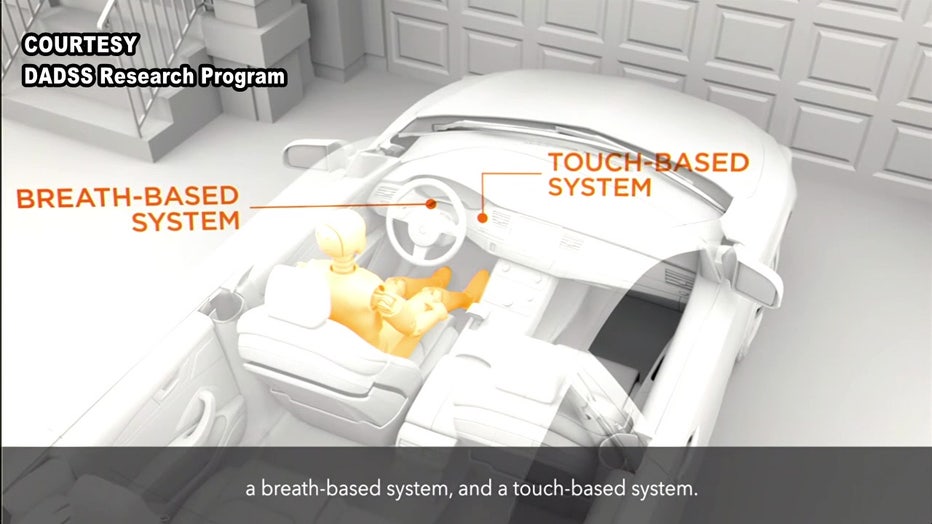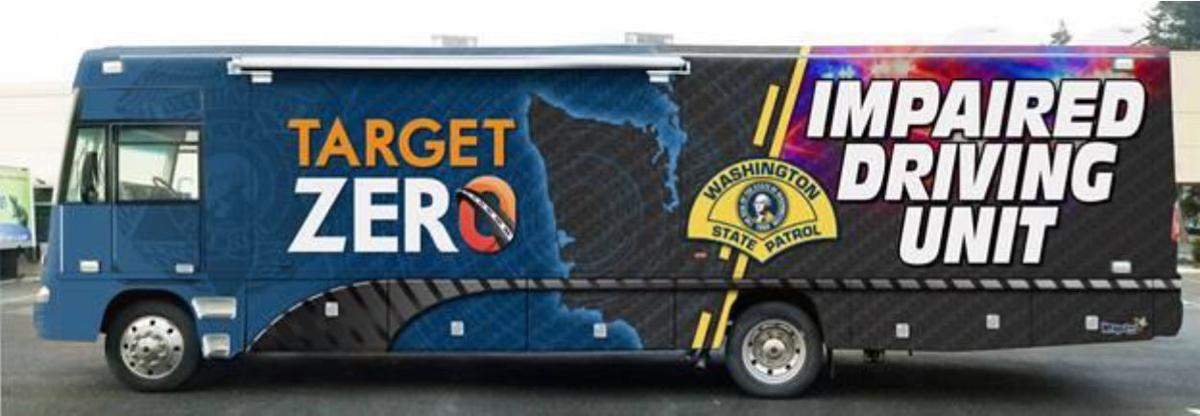
US auto-safety regulators are considering steps to force carmakers to adopt new technology to prevent intoxicated drivers from starting vehicles.
The National Highway Traffic Safety Administration (NHTSA) issued an “advance notice of proposed rulemaking.” This administrative procedure formally gathers information and public comments on how to develop, legally require and deploy technology to prevent impaired people from firing up their vehicles.
WHY NOW?
According to the press release, the negative economic and societal costs of impaired driving are enormous. NHTSA estimates that fatalities, injuries, and property damage from alcohol-impaired driving cost our society $280 billion in lost wages, lost quality of life, medical costs, and so much more.
“Impaired driving prevention technology is an action . . . to significantly reduce fatalities and serious injuries on the nation’s roadways in support of our vision of zero traffic deaths through vehicle features that promote driver safety and align with the principles of a safe system approach.” ~NHTSA Press Release
According to NHTSA, this notice helps lay the groundwork for potential alcohol-impairment detection technology standards in all new passenger vehicles when the technology is mature. This announcement comes as NHTSA kicks off its annual holiday season Drive Sober or Get Pulled Over impaired-driving campaign, raising awareness of the dangers of DUI. Alcohol impairment is one of the leading causes of death on our nation’s roads. In 2021, the latest data available, 13,384 people were killed in drunk driving crashes.
“Impaired driving crashes are 100% preventable. There’s simply no excuse or reason to drive impaired by alcohol or drugs. We urge everyone to be responsible this holiday season. If you’ve had anything to drink, use public transportation, arrange for a sober driver, or call a taxi or ride-hailing service and get home safely.” ~Ann Carlson, NHTSA’s Acting Administrator.
WHAT KINDS OF “PREVENTION TECHNOLOGIES” ARE PROPOSED?
A number of technologies currently under development could potentially fit the bill. One solution includes breath- or touch-based sensors to detect alcohol. Another potential option is using cameras to monitor eye movements to try to determine whether drivers are intoxicated. Some sentences for DUI require those convicted to install a breathalyzer in their cars that prevent them from starting the vehicle if alcohol is detected, though regulators said it’s unlikely future ubiquitous technology would be as intrusive as requiring a puff every time. In the 1970s, Congress mandated that cars not start without a buckled seatbelt but withdrew the statute soon after it became law.
Seeing an alcohol-detecting steering wheel in your next Uber ride might be a long way off, though. NHTSA’s notice said that the agency must be assured the technology works consistently before it can require it, and then give automakers at least three years to implement it once it finalizes the rules.
“We are trying to see, can we get it done, does the technology exist in a way that is going to work every time,” said Ann Carlson, the acting NHTSA administrator, adding that public acceptance of the technology would depend on its accuracy.
My opinion? Unfortunately, any proposed technologies could run afoul of registering “false positive” alcohol results in drivers. Studies show there are close to 1 billion people who drive every day in the United States. Even if these technologies are 99.9% accurate, you could have a million false positives. Those false positives could be somebody trying to get to the hospital for an emergency.
Please contact my office if you, a friend or family member are charged with DUI or any other crime. Hiring an effective and competent defense attorney is the first and best step toward justice.








/cloudfront-us-east-1.images.arcpublishing.com/gray/PIPR7VLKUJEOXH25JAO6GAZRGA.jpg)





